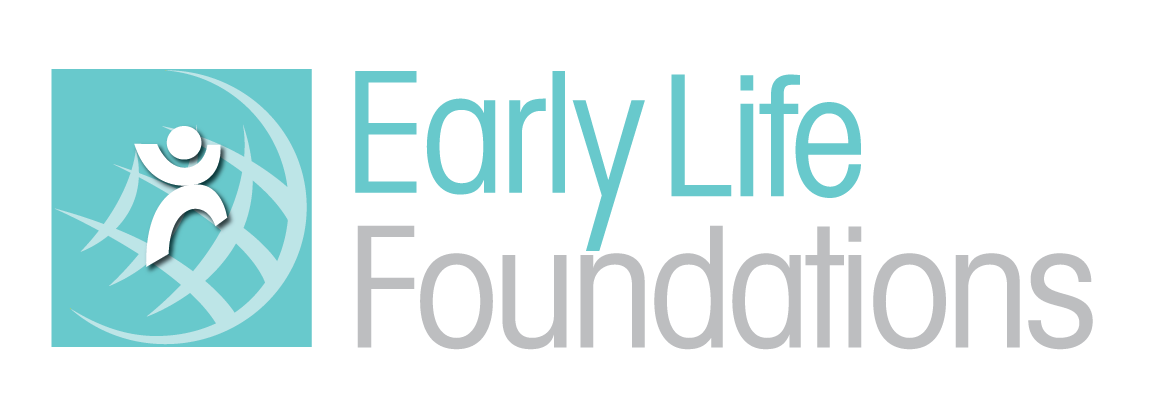- Facilitating children’s social engagement and interactions with their peers (particularly with those who they may not normally associate with)
- Extending thinking and problem solving skills in relation to finding evidence and examples of Investigations linked to current learning intentions in literacy, numeracy, science etc.
- Providing additional opportunities to extend an individual child’s skills in literacy and numeracy
- Including aspects of technology as a tool for reporting and recording
- Personalising the role in order to scaffold and extend each child’s skill and interests
- Providing opportunities for building self esteem and resilience
The key is to make the Reporter and Photographer role engaging, intentional and fun. A good idea is to have a vest, lanyard or something else that helps children step into the role and defines it as special. The Reporter and Photographer role must be on a roster system that is visible for the teacher and class. The teacher reminds the child the day before that it is their turn the following day.
Photographers may use a flip camera, a digital camera or an iPad with camera and video (this works a treat!).
Creative Ideas for the Reporter and Photographer Roles
Listed below is a range of some creative ideas from the Walker Learning team and teachers implementing the WL across Australia. The key is to ensure that the role is personalised to each child’s level of learning and year level.
Some examples of linking to Numeracy are: taking photos of children using mathematical tools during Investigations (e.g. rulers, tape measures, timers, clocks, calculators), gathering data to use later (e.g. asking classmates a question that might have varied responses, recording responses using tallying, picture graph etc.), finding and photographing Maths in Investigations (e.g. 2D and 3D shapes in the blocks area; clocks, appointment book and opening hours sign in the doctors surgery), making and recording numbers, equal groups, arrays, fractions using investigation resources, (e.g. using pebbles in sand at sensory area make different arrays of 12), making observations or taking photos at timed intervals (e.g. drawing, writing about or taking photos of a construction at 10 minute intervals and photographing the clock each time).
Some examples of linking to Literacy are: looking for letters, words, sentences in the environment, photographing some writing during investigations and looking for certain elements (e.g. finding capital letters, full-stops, adjectives or verbs etc.), practising writing the text type that is being taught in explicit sessions (e.g. finding someone who is making something then writing a list of resources used, a description, or a procedural text), practising using graphic organisers to record information and to collect data, practising asking questions and listening to responses, taking photos of tools or resources and labeling them to use as a word source for children working in that area, making signs and labels for different areas (e.g. a poster for the theatre, opening hours sign for the shop)
Some examples of tasks for the Weather Reporter/Photographer are: checking temperatures outside and inside and comparing them, asking classmates for predictions of outside temperature, recording their responses and then checking actual temperature, photographing clouds at given time intervals, gathering data about classmates weather preferences
Some examples of News Reporter/Photographer are: interviewing children to find out opinions on certain topics, interviewing children about their work or their learning, reporting on learning and skills observed during investigations, writing a review of the café or puppet show, making advertising signs for ‘events’ (e.g. new café opening, half price sale at shop), composing, writing and asking questions or scripts, making a mini documentary of learning or interest. A team job for the reporter and photographer is to compiling a weekly or two-weekly report (WL News) using reports and photos from the previous reporters and photographers. This news could go home to parents, highlighting the learning and engagement during investigations.
A Few More Ideas
- An Occupational Health and Safety Officer Reporter could be walking around the learning space or play ground to check what is safe and what isn’t, or making a safety checklist for children who plan to use the woodwork table.
- A Gardening Reporter or Photographer might begin or add to a plant diary or sequence of photos over time to record observations of plant growth.
- A Detective Reporter could check out what other children are working on without them noticing.
- Early in the year, the photographer could take portraits of class members to print and use for different purposes.
- The Reporter or Photographer could try to find children working on something related to current learning intentions or developmental objectives (for example, evidence of children working together and helping each other out)
- A Reporter and /or Photographer could visit another room occasionally and report back to that group about the learning, ideas and investigations.
- They might take photos or write something about Investigations for the school newsletter or class blog
- The Photographer could take photos of learning areas before and after investigations to help when setting expectations regarding resetting
- They could be responsible for completing an inventory on supplies in the collage area, recording what stocks need replenishing in each investigation area. They might also ask students about their interests. This will assist with planning for next fortnightly cycle.
Check our Walker Learning Facebook for further ideas. It is also a good idea for teaching teams to build a bank of ideas to share. But always remember that the tasks should be personalised for each child depending on their strengths and needs

